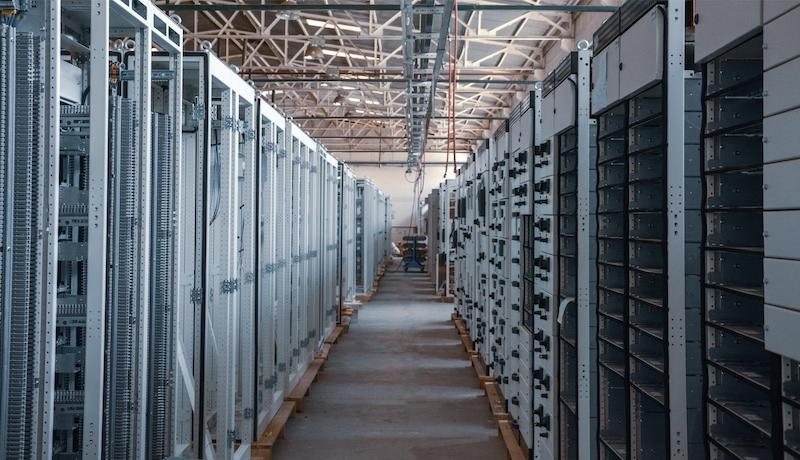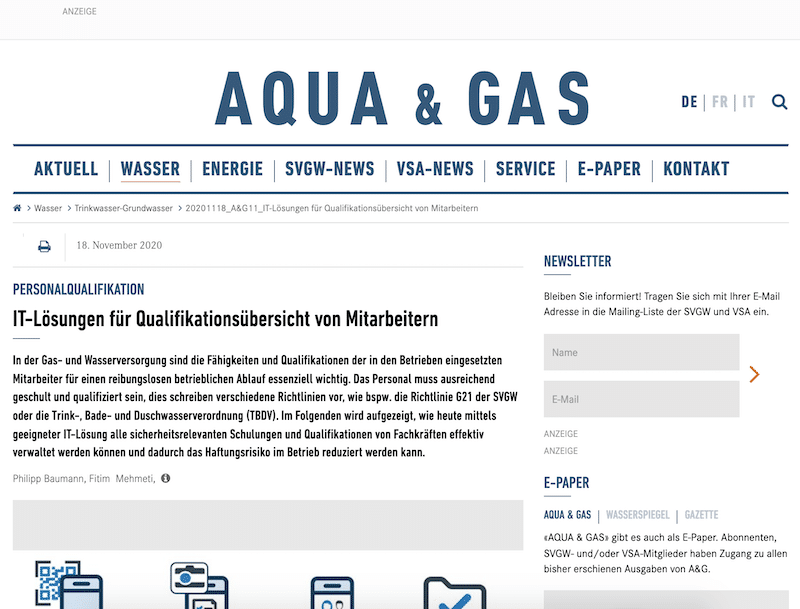
Key Takeaways:
- Effective inventory management ensures product availability, enhances customer satisfaction, reduces waste, and promotes sustainability within supply chain organizations.
- Inventory management in the supply chain involves planning, controlling, and optimizing inventory levels to meet customer demand, minimize costs, and increase efficiency.
- Explore JIT, EOQ, and VMI as strategies to enhance supply chain inventory management, balancing inventory levels, ordering costs, and supplier collaboration.
In This Article:
- What Is Inventory Management in a Supply Chain?
- Why Is Inventory Management Important in the Supply Chain?
- What Is the Difference Between Supply Chain Management and Inventory Management?
- What Are the Best Practices for Supply Chain Inventory Management in 2024?
- Asset Management Software in Use by Our Customers
- What Are the Four Main Types of SCM Inventory Management Systems?
- What Strategies Can Improve Supply Chain Inventory Management?
- How Can Effective Inventory Management Benefit Supply Chain Organizations?
- Frequently Asked Questions About Inventory Management in Supply Chain
What Is Inventory Management in a Supply Chain?
Inventory management in the supply chain involves planning, controlling, and optimizing inventory levels across the entire supply chain platform. It focuses on activities such as purchasing, storing, tracking, and managing inventory to ensure that stock levels are sufficient to meet customer demand and minimize costs, thereby increasing efficiency.
Its role in business success is crucial, ensuring efficiency and profitability. When organizations operate optimally, they can reduce stockouts, minimize overstocking, and guarantee customer satisfaction. Additionally, understanding why does asset management matters helps reduce carrying costs associated with storage, handling, and insurance, ultimately increasing profit margins. This enables organizations to streamline supply chain operations, improve production planning, and make informed decisions with accurate inventory data.
In summary, inventory management in the supply chain is essential for optimizing inventory levels, ensuring efficient operations, and maximizing profits while meeting customer needs.
How Is the Complete Journey of Inventory in the Supply Chain?
The complete journey of inventory in the supply chain encompasses several crucial stages, each playing a vital role in ensuring smooth operations and customer satisfaction.
1. It begins with obtaining raw materials from suppliers, emphasizing the importance of securing items at competitive prices. These raw materials undergo processing to produce the finished product, requiring effective production planning and management to optimize resources and minimize lead times.
2. Once produced, the items are stored in warehouses or distribution centers, awaiting shipment to customers. Proper storage practices are essential to ensuring the goods are stored safely and accessibly.
3. Next, the items are transported from the warehouse to the distribution center or directly to the customer. Efficient transportation logistics are crucial for timely delivery and cost minimization.
4. Finally, goods are sold and distributed to customers through various channels. Implementing proper strategies ensures customers receive items on time and in good condition.
It is imperative that each stage of inventory management is handled efficiently to prevent disruptions and inefficiencies. Any disruption in one stage can have cascading effects throughout the entire supply chain ecosystem.
Why Is Inventory Management Important in the Supply Chain?
Inventory management is important in supply chain management because it ensures smooth and efficient operations. Here are a few of its benefits:
- It improves operational efficiency by ensuring that the right amount of inventory is accessible at the right time and place. This helps prevent stockouts, excess inventory and mitigates the risk of spoilage. By doing so, organizations can streamline supply chain operations and improve production planning.
- Inventory management helps reduce holding costs by minimizing excess inventory. Additionally, by optimizing inventory levels, organizations can free up capital tied to excess inventory, allowing them to invest in other areas that provide higher returns.
Thus, understanding inventory management use cases is crucial for ensuring operational efficiency, reducing costs, and maximizing profits within the supply chain.
What Is the Main Purpose of Inventory Management in SCM?
The main purpose of inventory management in supply chain management (SCM) is to optimize operations and enhance customer satisfaction.
Inventory management ensures that products are available to meet customer demands while minimizing costs associated with inventory holding, storage, and obsolescence. Organizations can prevent excess inventory buildup and stockouts, thereby reducing holding costs and increasing profitability.
Another purpose is to act as a buffer against supply chain disruptions. By maintaining proper stock levels at various stages of the supply chain, organizations can mitigate risks associated with supplier delays, transportation bottlenecks, and unforeseen circumstances. This helps ensure operational continuity and minimize disruptive impacts on customer service and business performance.
Overall, effective inventory management in SCM ensures that products are consistently available while reducing costs and risks associated with supply chain disruptions. Thus, it enables businesses to optimize operations, enhance customer service, and gain a competitive edge in the marketplace.
Over 600 Companies, Schools and Cities Rely on Timly
(No credit card required)
What Is the Difference Between Supply Chain Management and Inventory Management?
While some may perceive supply chain management (SCM) and inventory management as synonymous, they are distinct yet interconnected facets within operations and logistics.
SCM entails coordinating and optimizing the entire spectrum of supply chain activities, spanning procurement, production, and the delivery of goods and services. It encompasses managing material flow, information, and finances across the supply chain, from suppliers to customers.
Conversely, inventory management focuses solely on the inventory segment of the supply chain. It involves tracking, managing, and ensuring adequate stock levels to meet customer demands while minimizing costs and risks.
From a perspective of scope, SCM encompasses inventory management, which operates as a subset within it. To achieve SCM objectives effectively, attention to inventory management is crucial. It ensures acquiring the right inventory quantities at the appropriate times and locations to satisfy customer needs.
In summary, SCM addresses the overall coordination and optimization of supply chain activities, while inventory management concentrates on maintaining efficient inventory levels within this framework.
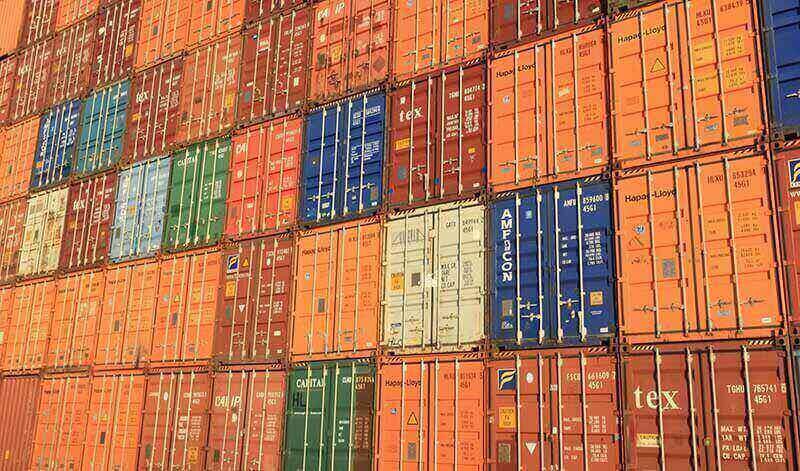
What Are the Best Practices for Supply Chain Inventory Management in 2024?
The best practices for supply chain inventory in 2024 involve the adoption of updated strategies, technologies, and methodologies.
Current trends and techniques point towards several best practices that can scale operations and enhance efficiency within organizations:
1. Leveraging data analytics and artificial intelligence (AI) enables organizations to meet customer demands more accurately, optimize inventory better, and automate decision-making through advanced forecasting algorithms.
2. Implementing blockchain technology ensures transparency, traceability, and security within the supply chain. By leveraging blockchain mechanisms, organizations can reduce the risk of fraud and enhance inventory visibility.
3. Embracing demand-driven forecasting involves utilizing real-time market data, customer feedback, and predictive analysis tools to reliably anticipate demand fluctuations.
As we know, in 2024, supply chain inventory management will evolve with the adoption of advanced strategies and technologies. Key practices include leveraging data analytics and AI for accurate demand forecasting and decision-making, implementing blockchain for enhanced transparency and security, and embracing demand-driven forecasting to anticipate market fluctuations. These practices aim to scale operations, improve efficiency, and ensure better inventory management within organizations.
How Can SCM Inventory Management Be Improved and Optimized?
SCM inventory management can be enhanced and optimized through the adoption of technological innovations such as AI and IoT. AI algorithms enable organizations to efficiently analyze vast amounts of data, facilitating demand forecasting, inventory optimization, and automated decision-making. Additionally, IoT devices provide real-time visibility of inventory, allowing organizations to proactively monitor and manage their inventory levels.
Timly offers a solution to improve and optimize SCM inventory management by utilizing QR codes for allocation and attaching them onto devices using space-saving stickers. This enables real-time tracking of data retrieval, inclusion, and transmission.
By leveraging AI and IoT to enhance SCM inventory management, organizations can streamline processes, reduce costs, and enhance overall supply chain performance.
How to Avoid Risks in Inventory Control in Supply Chain Management?
To mitigate risks in inventory control within supply chain management, it’s crucial to first identify the challenges and understand the role of inventory. This helps reduce issues associated with supply chain disruptions. Begin by identifying potential threats such as stockouts, overstocking, inaccurate demand forecasting, supplier delays, natural disasters, or geopolitical issues.
Once identified, assess the inventory’s role, as it plays a vital part in supply chain issues. Maintaining optimal inventory levels enables anticipation of sudden demand spikes or supply chain disruptions. Additionally, implementing safety stock and diversifying suppliers can help mitigate unexpected spikes or delays.
In summary, utilizing demand forecasting, safety stock optimization, and supply chain visibility enables organizations to anticipate and mitigate potential issues, ensuring effective supply chain risk management. Moreover, leveraging advanced technologies like AI and IoT enhances inventory visibility and predictive analytics, further optimizing organizational operations.
Asset Management Software in Use by Our Customers
The Timly software is continuously evolving to meet the needs of our customers. In various success stories, we show you how Timly optimizes processes in companies, thereby saving significant effort. With Timly, inventory management becomes child’s play.

Optimized Device Management With Innovative Self-Inventory
SodaStream is the world market leader for water sparkling systems for domestic use and has a lot of IT equipment at its various locations. Many colleagues now work from their home offices. A digital solution for the efficient management of IT end devices became necessary...
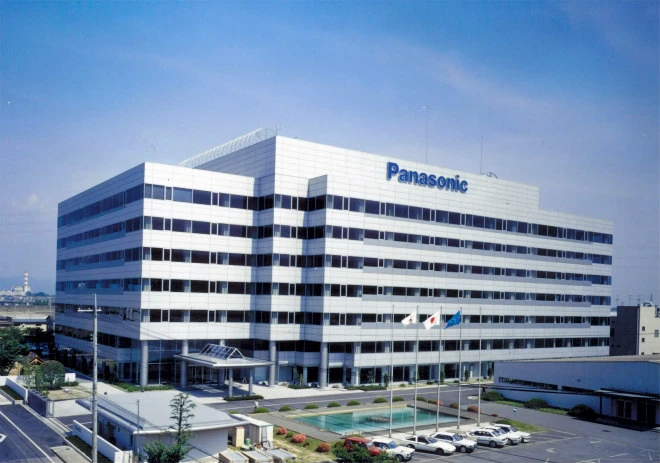
Panasonic x Timly: Driving Technological Innovation
One of the most remarkable aspects of human ingenuity is our ability to innovate. Innovation is embedded in the DNA of consumer electronics giant Panasonic, which has diversified into a number of sectors, from heavy industry to construction...
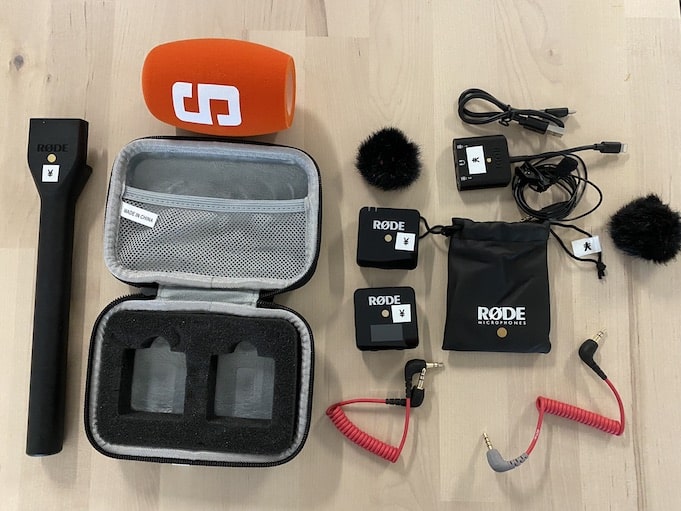
Manage Video Equipment Efficiently Without Much Effort
The Hamburg media company always does outstanding journalistic work and is characterized by independent reporting. In order to maintain journalistic quality, the teams work with highly specialized devices – these need to be managed efficiently...

Smart City Asset Management – Timly in Use at DIGOOH
The core business of DIGOOH Media GmbH in Cologne is to manage digital city light posters (DCLP) for outdoor use in various cities in Germany. The challenge here lies in making the client’s communication message always available at the right time, in the right place...
(No credit card required)
What Are the Four Main Types of SCM Inventory Management Systems?
The four main types of SCM inventory management systems are raw materials, work-in-progress (WIP), finished goods, and maintenance, repair, and operations (MRO).
- Raw materials primarily focus on basic materials or components used in the manufacturing process, involving procurement and material storage.
- WIP encompasses items that are not yet fully completed, requiring tracking of production progress, workflow optimization, and resource utilization.
- Finished goods represent completed products ready for sale, involving demand forecasting, inventory level optimization, and timely customer delivery to minimize stockouts and carrying costs.
- MRO inventory includes spare parts, tools, and supplies necessary for equipment and facility maintenance, aiming to ensure critical components’ availability, reduce downtime risks, optimize maintenance schedules, and maintain smooth and efficient operations.
What Strategies Can Improve Supply Chain Inventory Management?
There are a few strategies that can improve supply chain inventory management: just-in-time (JIT), economic order quantity (EOQ), and vendor-managed inventory (VMI).
1. JIT aims to minimize inventory levels and deliver goods or products once the production process is completed, reducing carrying costs and obsolescence risks. However, it requires high coordination with suppliers, posing potential risks of disruptions and supply chain delays.
2. EOQ determines the optimal order quantity to minimize inventory, ordering, and holding costs, balancing the costs associated with holding excess inventory against those of ordering and replenishing inventory. However, it assumes stable demand, which may not reflect real-world scenarios.
3. VMI shifts the inventory burden to the supplier, allowing them to monitor and replenish stock as needed, improving inventory accuracy, reducing stockouts, and lowering holding costs. However, successful implementation requires smooth collaboration between customers and suppliers.
Overall, implementing these strategies can enhance inventory management efficiency, reduce costs, and boost supply chain performance. However, organizations must address the unique challenges associated with each strategy before implementation.
How Can Effective Inventory Management Benefit Supply Chain Organizations?
Effective inventory management can significantly benefit supply chain organizations, ensuring their success and sustainability. Firstly, optimal inventory management guarantees that customers can access products at any time, thereby enhancing customer satisfaction. Secondly, by optimizing inventory levels and reducing stocks, organizations minimize waste and utilize resources more efficiently. Additionally, streamlined inventory management practices contribute to lower carbon emissions and reduced transportation miles.
In summary, effective inventory management ensures product availability, promotes customer satisfaction, reduces waste, and fosters sustainability within supply chain organizations.
Frequently Asked Questions About Inventory Management in Supply Chain
What Is Inventory Management in Supply Chain?
What Are the Four Main Types of Inventory Management Supply Chain?
Recommended for You:
Book an online demo - free and without obligation - or create your free trial account directly.

































































































